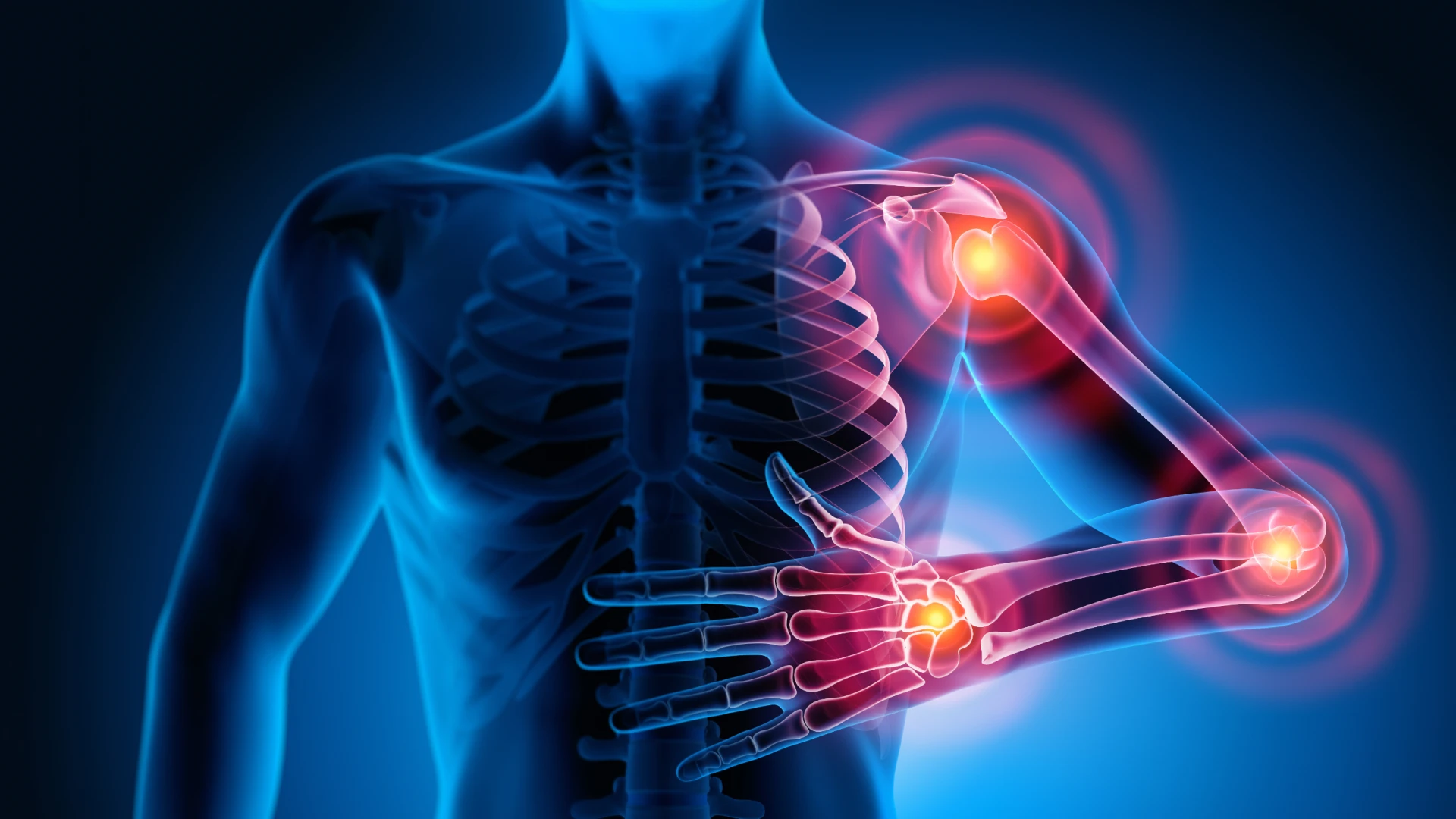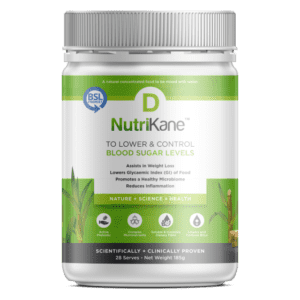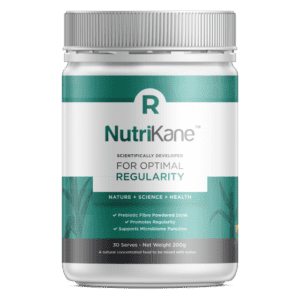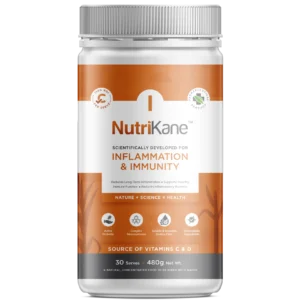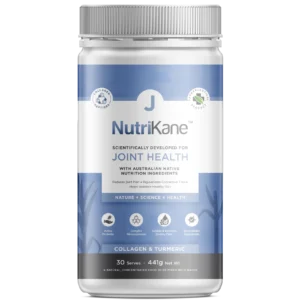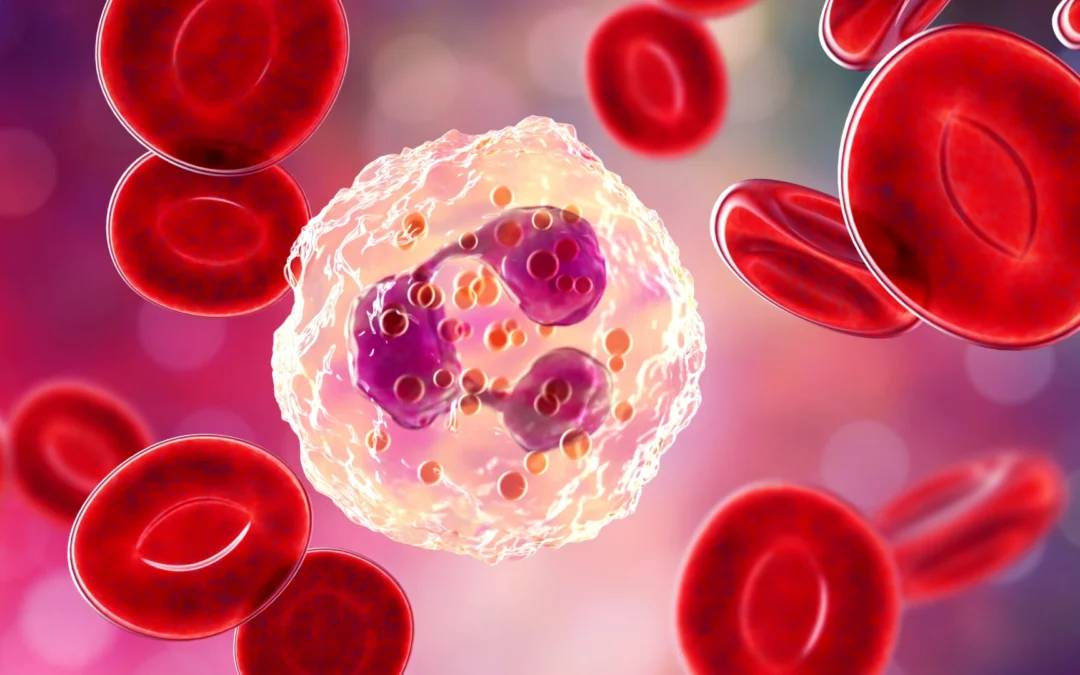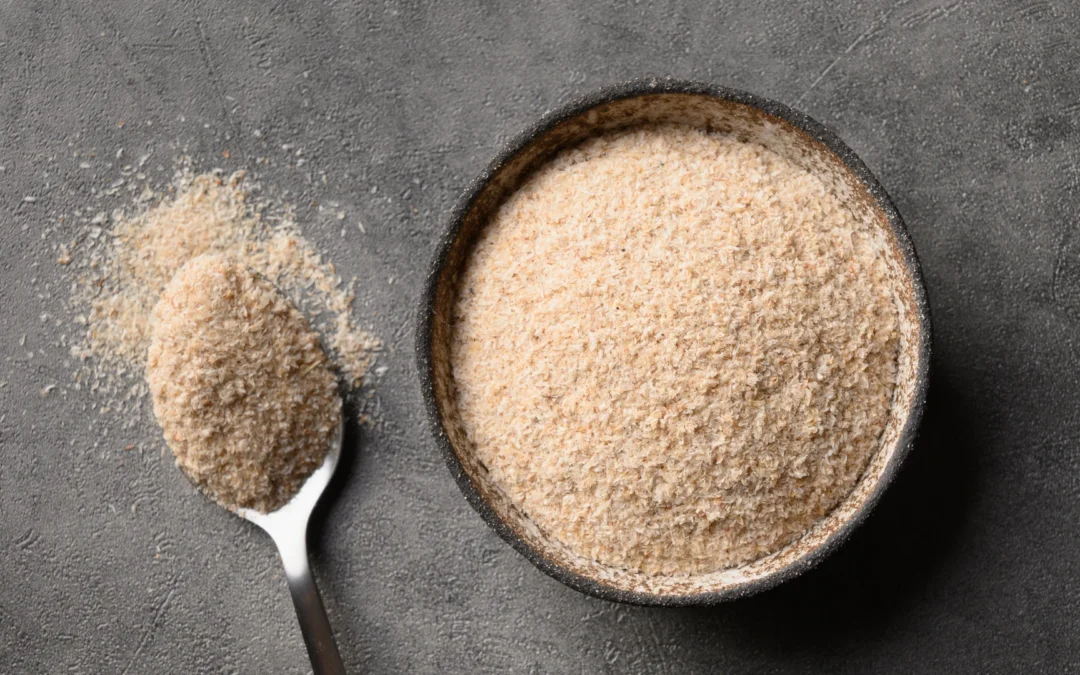There are two different types of arthritis. While they manifest similarly, the difference lies in the cause of the condition. Symptoms of both osteoarthritis and rheumatoid arthritis include inflammation, stiffness, pain and other joint problems.
Arthritis Symptoms
- Joint Pain: Pain in one or multiple joints is a common symptom of arthritis. The pain may be constant or come and go. It also may be localised to the affected joint or radiate through the body.
- Joint Stiffness: Arthritis often causes stiffness, especially morning stiffness or after periods of inactivity. Stiffness makes it difficult to move the joint and usually improves with movement.
- Swelling: Inflammation in the joints can lead to swelling. The affected joint might appear larger than usual and feel warm and tender when touched.
- Red or Warm Skin: The skin over the affected joint might become red due to increased blood flow and inflammation.
- Decreased Range of Motion: Arthritis can limit the full range of motion in a joint, making it harder to bend, flex or move the joint as freely as before.
- Fatigue: Chronic pain and inflammation can cause general fatigue and a general feeling of being unwell.
- Weakness: Muscles surrounding the affected joint can become weak, leading to a sense of instability or weakness in that area.
- Joint Deformities: In some types of arthritis, especially rheumatoid arthritis, joints become deformed over time due to the damage caused by inflammation.
- Fever and Weight Loss: In some inflammatory types of arthritis, systemic symptoms like fever and unintentional weight loss can occur.
What is the difference between osteoarthritis and rheumatoid arthritis?
Osteoarthritis
If you’re worried about developing arthritis, it’s osteoarthritis you are thinking about.
Osteoarthritis is caused by daily wear and tear on the muscles. Environmental factors play a role in causing this type of arthritis, and your risk can be reduced by maintaining a healthy lifestyle and properly protecting your joints.
Risk factors for osteoarthritis include:
- Age: Osteoarthritis is more common as people get older. The risk increases with age.
- Genetics: If your parents or siblings have osteoarthritis, you might be more likely to develop it. There might be a genetic component to the development of osteoarthritis.
- Gender: Osteoarthritis is more common in women, especially after the age of 50.
- Obesity: Being overweight stresses weight-bearing joints, such as the knees and hips. This stress accelerates the breakdown of cartilage.
- Joint Injuries: Joint breaks and injuries that occur due to sports, accidents, or other traumas can increase the risk of osteoarthritis in the affected joint.
- Joint Overuse: Repetitive movements or overuse of certain joints can lead to the early onset of osteoarthritis. Jobs or activities that require repetitive movements can contribute to this.
- Muscle Weakness: Weak muscles around joints, especially the knee, can lead to osteoarthritis. Muscles act as shock absorbers for joints, and weak muscles can’t support joints adequately.
- Bone Deformities: Some people are born with malformed joints or defective cartilage, which can increase the risk of osteoarthritis.
- Other Diseases: Certain conditions and metabolic disorders can increase the risk of osteoarthritis. These are known as contraindications.
- Hormonal Factors: Some research suggests that hormonal imbalances (especially in women after menopause) might increase the risk of osteoarthritis.
- Occupation: Jobs that involve repetitive stress on particular joints can increase the risk of osteoarthritis. For example, jobs that involve kneeling or squatting regularly.
Rheumatoid arthritis and the immune system
Rheumatoid arthritis is an autoimmune disease where the immune system malfunctions and becomes overactive. When your immune system attacks the small joints, the cartilage swells and becomes stiff. This is a healthy reaction to protect from joint damage, but prolonged inflammation is unnecessarily painful and restrictive.
Systemic symptoms like weight loss, fatigue, and flu-like symptoms can be related to rheumatoid arthritis. Symptoms are also more likely to be symmetrical.
There is no way to prevent yourself from developing rheumatoid arthritis, but health care for all common forms is similar. Looking after your joints, maintaining a healthy lifestyle and treating symptoms to reduce pain are the best ways to reduce the impact of the disease.
Diagnosing Arthritis
Arthritis diagnosis typically includes physical examination and a discussion of your medical and family history. Doctors will ask questions about pain and stiffness, as well as looking at movement in the hands and feet.
Depending on the type of arthritis you suffer from, doctors may conduct X-rays. In the rare case that these are inconclusive, magnetic resonance imaging (MRI) scans may also be necessary.
Treating Arthritis
Arthritis treatments include looking after your joints and reducing the pain associated with inflammation. It’s also important to maintain a healthy lifestyle, including diet and regular exercise.
For more information on a food-as-medicine approach to managing arthritis symptoms, check out this previous article on foods that help with arthritis pain.
